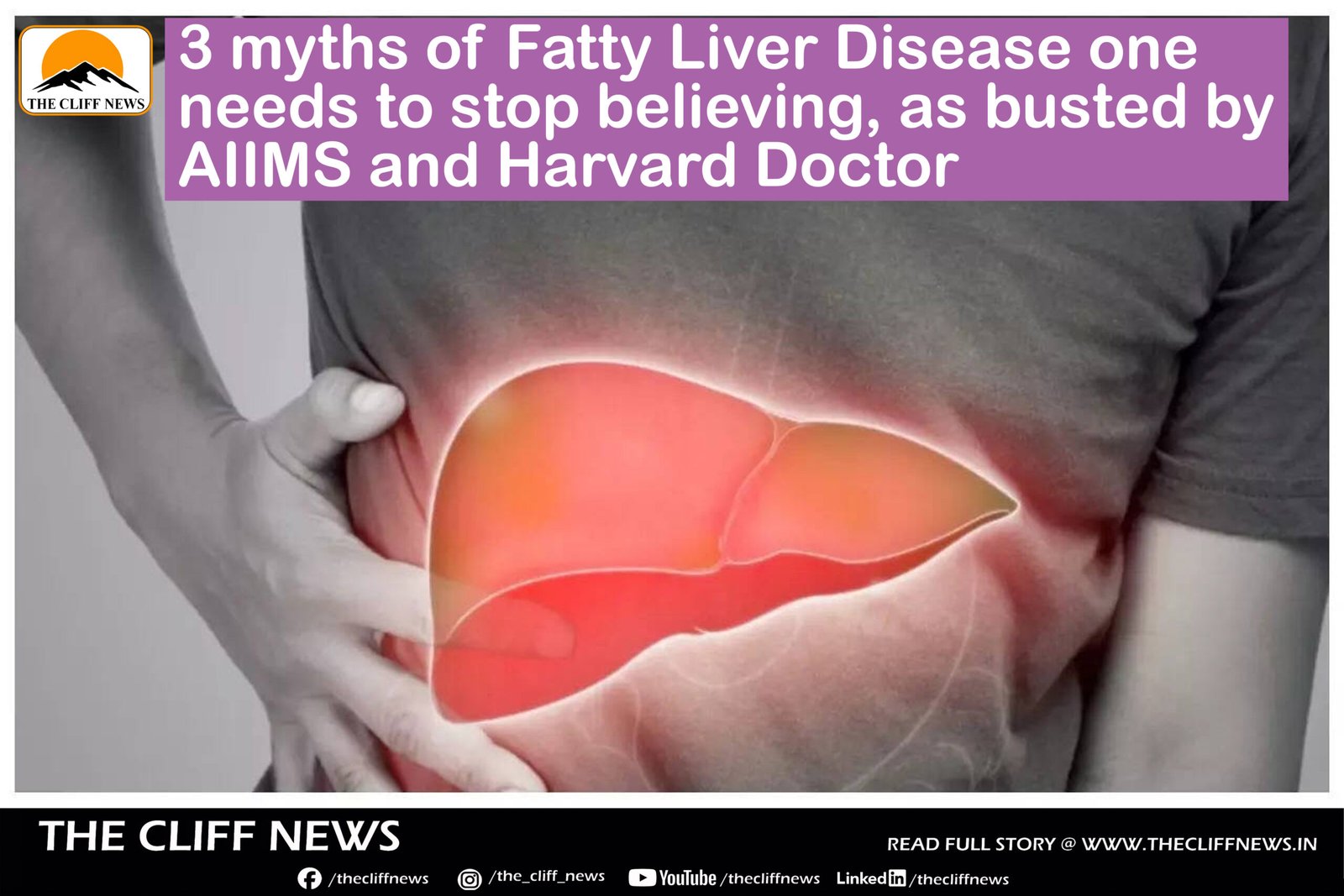A recent clinical trial in China, published in The BMJ, has revealed that dapagliflozin, a drug commonly used to treat type 2 diabetes, shows significant potential in treating metabolic dysfunction-associated steatohepatitis (MASH) and liver fibrosis—two progressive liver conditions with limited current treatment options.
🔬 About the Study
- Conducted at: Six Chinese medical centers
- Timeframe: November 2018 – March 2023
- Participants: 154 individuals with biopsy-confirmed MASH
- Average age: 35 years
- Male: 85%
- Type 2 diabetes: 45%
- Liver fibrosis staging:
- Stage 1 – 33%
- Stage 2 – 45%
- Stage 3 – 19%
- Intervention:
- Daily 10 mg dapagliflozin vs. placebo for 48 weeks
- Lifestyle guidance via biannual health education sessions
Participants’ body weight, blood sugar, liver enzymes, blood pressure, diet, lipids, and physical activity were monitored throughout the trial.
📈 Key Findings
- MASH Improvement Without Worsening of Fibrosis:
- 53% in dapagliflozin group vs. 30% in placebo
- Resolution of MASH Without Fibrosis Worsening:
- 23% on dapagliflozin vs. 8% on placebo
- Fibrosis Improvement Without MASH Worsening:
- 45% on dapagliflozin vs. 20% on placebo
- Dropouts Due to Adverse Events:
- Only 1% (1 participant) in dapagliflozin group
- 3% in placebo group
🌍 Why This Matters
Liver disease is a growing global health threat, causing 2 million deaths annually (4% of all deaths). MASH, formerly known as NASH, is an advanced form of fatty liver disease marked by inflammation and scar tissue buildup (fibrosis).
- It affects over 5% of adults globally, and up to 30% of people with diabetes or obesity
- Up to 1 in 4 cases may progress to cirrhosis
Prior research suggested SGLT-2 inhibitors like dapagliflozin could improve liver fat, enzyme levels, and stiffness, but this is the first trial to show histological improvement in biopsy-confirmed MASH.
🧠 Bottom Line
This landmark study opens a promising new treatment avenue for MASH and liver fibrosis, especially in patients with type 2 diabetes. While further trials in larger, more diverse populations are needed to confirm these findings, dapagliflozin may soon expand beyond its role in diabetes care to become a critical tool in managing chronic liver disease.



